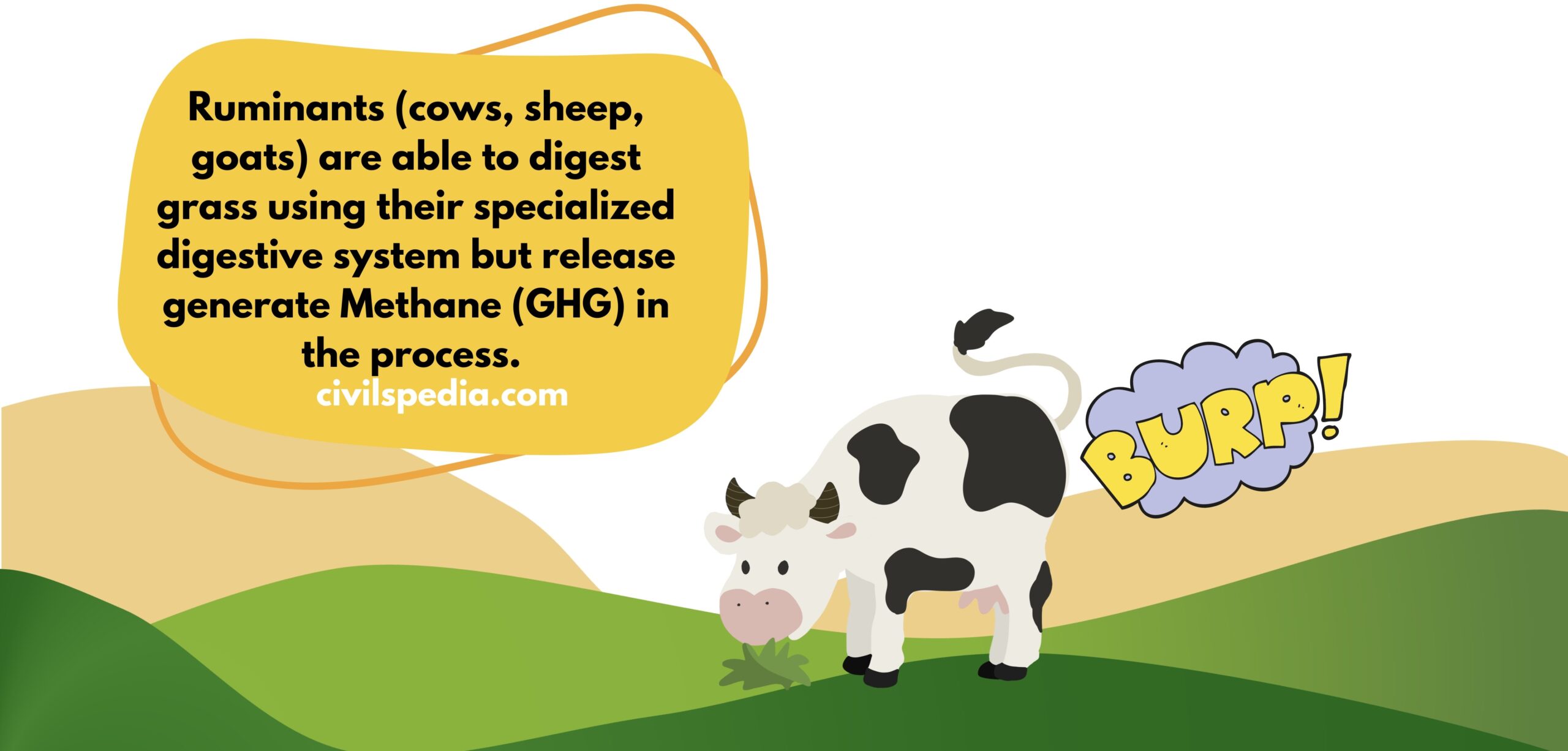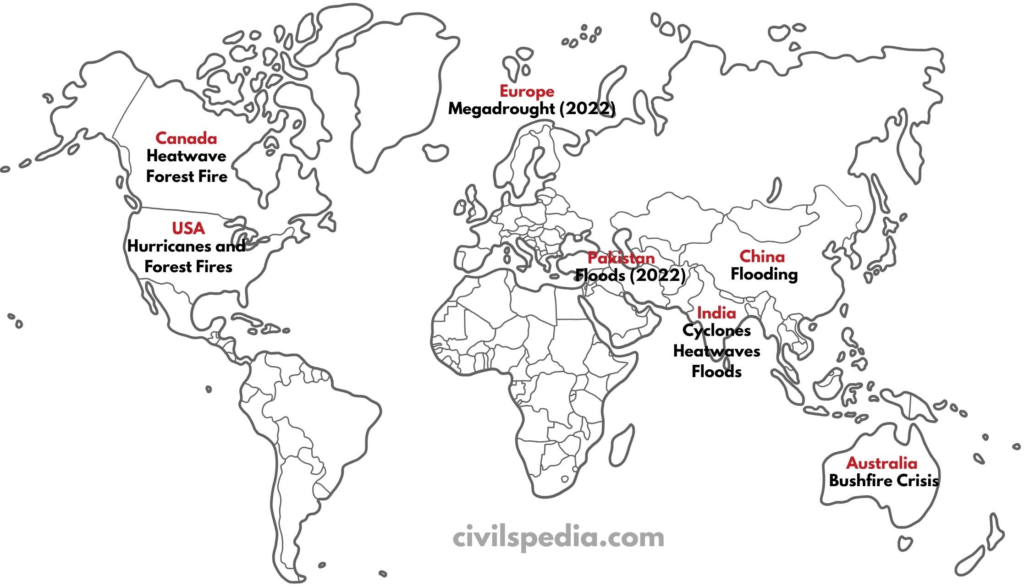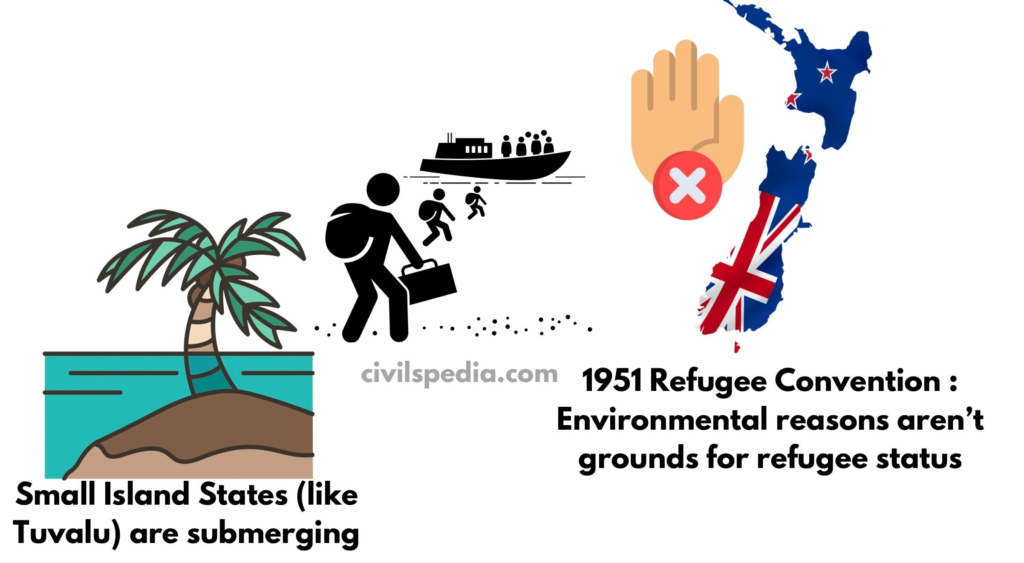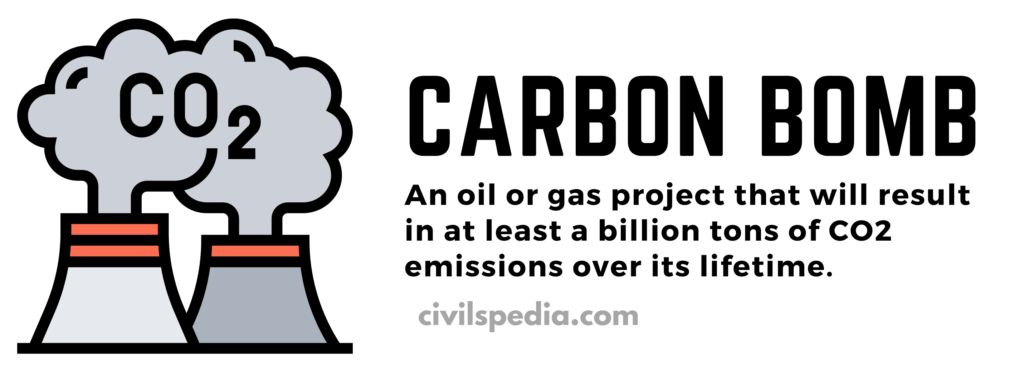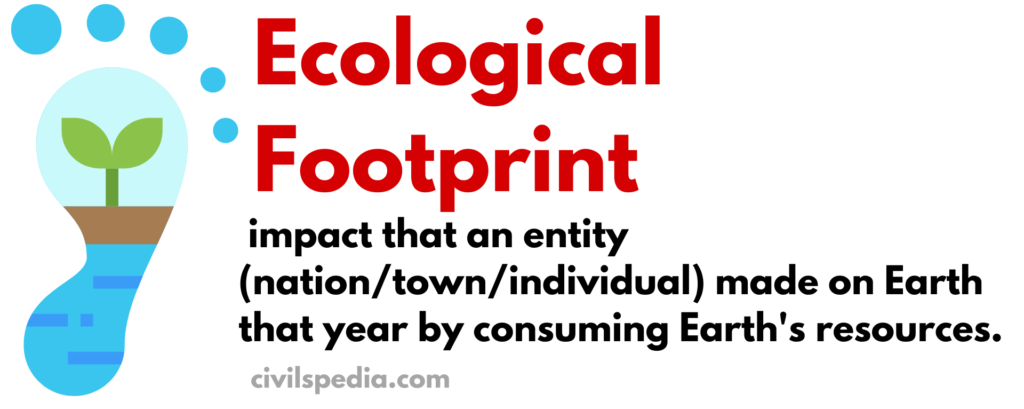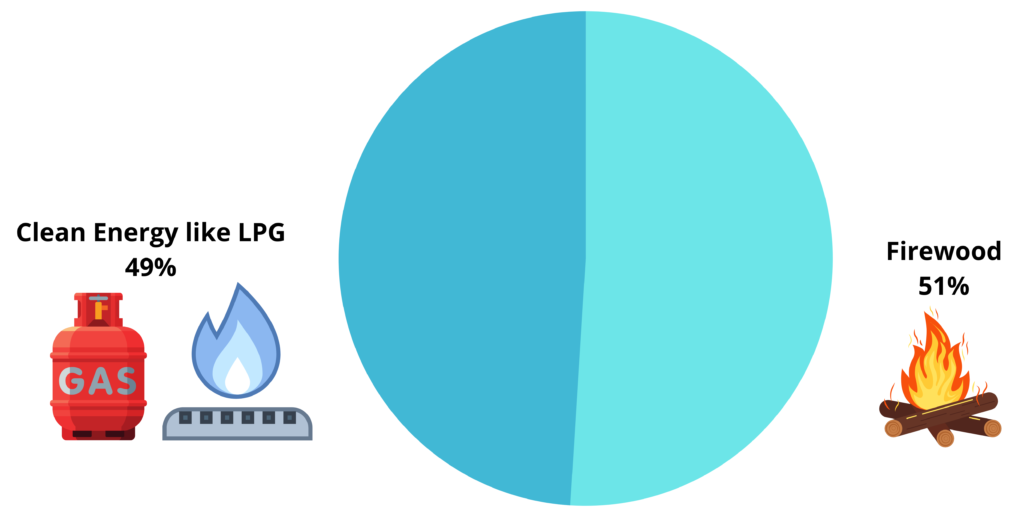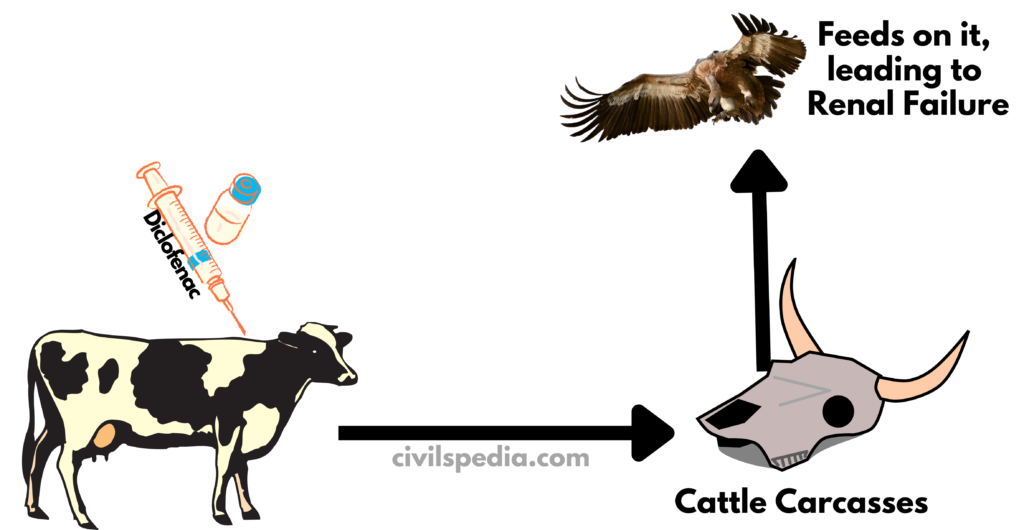Last Updated: July 2025 (Biofuels)
Biofuels
This article deals with ‘Biofuels – UPSC.’ This is part of our series on ‘Environment’, an important pillar of the GS-3 syllabus. For more articles on Science and technology, you can click here.
Introduction
- Biofuels are renewable fuels made from biomass — organic materials such as plants, crop waste, used oils, animal waste, or industrial biowaste. Unlike fossil fuels like coal and petroleum, biofuels are cleaner and sustainable, releasing much fewer pollutants when burnt.

- The two most common types of biofuels in use today are:
- Ethanol (used with petrol)
- Biodiesel (used with diesel)
Generations of Biofuels
Biofuels are categorized into four generations depending on the type of raw materials used and technology applied:
| 1G | – Biofuels are produced from food crops (leading to the Food vs. Fuel debate). – E.g., Ethanol produced from feedstock of sugarcane, cereals (rice, wheat, barley, corn & sorghum), sugar beet, etc. |
| 2G | – Biofuels are produced from crop residues and non-food biomass (e.g., rice straw, wheat husk, bagasse) (it addresses food vs fuel debate, but the process is net carbon positive) – E.g., Ethanol produced from crop residues like wheat husk, rice straw |
| 3G | – Biofuels are produced from Algae. They absorb CO₂ while growing and are net carbon neutral. – E.g., Ethanol produced from Microalgae. |
| 4G | – Biofuels are produced from Genetically Modified Organisms. – Aim is to make the process net carbon negative and create artificial carbon sinks. |
Ethanol
- Ethanol (Ethyl Alcohol) is 99.9% pure alcohol.
- It is manufactured from sugarcane, maize, and other sources with light starch content.
- It is blended with petrol to reduce fossil fuel use and emissions.
- The most common blend is E10 (10% ethanol + 90% petrol). India is aiming for E20 soon.
How is Ethanol Produced?
There are two main sources:
- Sugarcane Juice / Molasses: Easier and cheaper to convert into ethanol.
- Cereals like maize, rice, wheat: First require conversion of starch to sugar, hence more expensive and complex.
Benefits of Ethanol

- Cuts fuel import bills — India can save ₹30,000 crore per year
- Reduces carbon emissions and air pollution
- Helps farmers by creating demand for sugarcane and waste crops
- Creates employment and supports rural economy
- Enhances energy security and reduces dependence on fossil fuels
Ethanol Policy Landscape in India
Ethanol Blending Program (EBP)
- Launched: 2003
- The target is to achieve:
- 10% blending by 2022 (achieved)
- 20% blending by 2025-26 (earlier 2030
National Biofuel Policy, 2018
- Promotes ethanol production from diverse feedstocks, including sugarcane, maize, surplus rice, and damaged grains, with the aim of achieving 10% blending by 2022 and 20% blending by 2025-26.
Dr Rakesh Sarwal Committee Recommendations
- Dr. Rakesh Sarwal’s committee was formed to suggest a roadmap for ethanol blending in India from 2020-2025.
- It gave the following recommendations
- Start using E10, i.e blending 10% Ethanol in Petrol from 2022.
- Start using E20, i.e. blending 20% Ethanol in Petrol from 2025.
- Invest in R&D for E20 compliant engines.
- Provide tax subsidies to purchase E20-compliant vehicles.
- The ultimate goal is E100 (i.e. Running a vehicle completely on ethanol, without petrol) in the future.
Other Measures
- Budget 2022: ₹2/litre excise duty on unblended petrol
- GST on ethanol reduced to 5%
- PM-JIVAN Yojana: Viability gap funding for 2G bio-refineries
Challenges Ahead
- Competing demands: Ethanol is also used in alcohol, pharma, and other industries
- Water Stress: Sugarcane is a water-guzzling crop, and its production for producing Ethanol can cause irreparable damage to the water tables.
- Cyclic sugar industry: Sugar industry is cyclic in nature due to availability of cane.
- Food security: Diverting food grains for ethanol can impact food availability
Biodiesel
Biodiesel is a type of biofuel made from natural, renewable sources like vegetable oils, animal fats, or even used cooking oil. Unlike traditional diesel, which is made from crude oil (a fossil fuel), biodiesel is biodegradable, non-toxic, and produces much less pollution.
Benefits of Biodiesel
- Reduces Greenhouse Gas Emissions: Biodiesel produces up to 75% less carbon dioxide compared to regular diesel.
- Cleaner Air: It emits less particulate matter, sulphur, and carbon monoxide, improving air quality.
- Can Be Used in Existing Engines: Biodiesel can be blended with regular diesel (e.g., B20 = 20% biodiesel + 80% diesel), requiring no major engine modifications.
- Promotes Waste Management: Used cooking oil, which otherwise pollutes drains and soil, can be converted into biodiesel.
- Supports Farmers: Raw materials for biodiesel like soybean, mustard, jatropha etc., can be grown by farmers — boosting rural incomes.
Challenges of Biodiesel
- Food vs Fuel Debate: Using edible oils (like soybean or palm oil) for fuel can reduce food availability.
- Limited Infrastructure: India still lacks large-scale facilities to produce and distribute biodiesel.
- Seasonal Availability: Crop-based raw material supply is seasonal and dependent on monsoons.
India’s Initiatives
- India launched the Biofuel Policy 2018, aiming to blend 5% biodiesel in diesel by 2030.
- Focus on non-edible oil plants like Jatropha, grown on wastelands, is encouraged to avoid competition with food crops.
Side Topic: Jatropha Plant
- Jatropha is a drought-resistant shrub that has gained attention in recent years for its potential as a biofuel crop, especially in countries like India.
- Its seeds contain up to 30–40% oil, which can be converted into biodiesel
- It is a hardy, non-edible plant that grows well on wastelands and marginal lands
Global Bio Fuel Alliance
- Launched at the G20 Summit (held in India in 2023)
- Led by India, the USA, and Brazil
- Launched with nine initiating members–India, the US, Brazil, Argentina, Bangladesh, Italy, Mauritius, South Africa, and the United Arab Emirates. Now includes 29 countries & 14 international organisations
- Aim: Promote global trade, cooperation, and sustainable use of biofuels
Can Biofuels Replace Fossil Fuels?
The search for alternatives to fossil fuels has brought biofuels into global focus due to their renewable nature and potential to reduce greenhouse gas emissions. However, the question remains: Can biofuels truly replace fossil fuels in a sustainable, equitable, and scalable manner?
Arguments in Favour of Biofuels as a Replacement:
- Renewable and Cleaner: Biofuels like bioethanol and biodiesel are derived from organic materials and are biodegradable and reduce net carbon emissions, especially in the case of sugarcane-based ethanol
- Energy Security: Biofuels offer countries like India a chance to reduce dependency on imported oil, thus improving energy security and supporting rural economic development through energy crop cultivation.
- Use of Waste Biomass (2nd Generation Biofuels): These involve converting agricultural waste like stalks, husks, and bagasse into biofuel, offering a sustainable solution without compromising food security.
Challenges and Limitations of Biofuels:
- Food vs Fuel Dilemma (1st Gen Biofuels): Using food crops like sugarcane, corn, and rice for fuel diverts resources away from food, worsening hunger and disproportionately impacting low- and middle-income populations, especially women and children.
- Ecological Damage:
- Deforestation for energy crop cultivation (e.g., in the Amazon) disrupts ecosystems.
- Monoculture practices reduce biodiversity.
- Water-intensive crops strain freshwater supplies in already water-scarce regions.
- Socioeconomic Impact: Biofuel expansion has led to the displacement of indigenous communities and worsened climate variability in some regions.
While biofuels have a role to play in reducing fossil fuel use, they cannot fully replace fossil fuels without addressing serious challenges related to food security, ecology, emissions, and social justice. Thus, biofuels should be part of a broader energy transition strategy that includes solar, wind, hydrogen, and energy efficiency measures.













